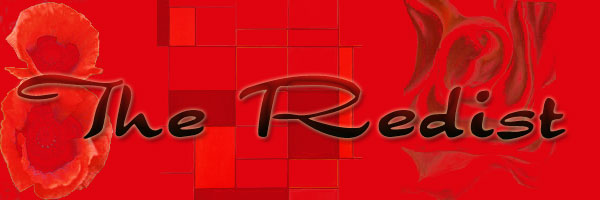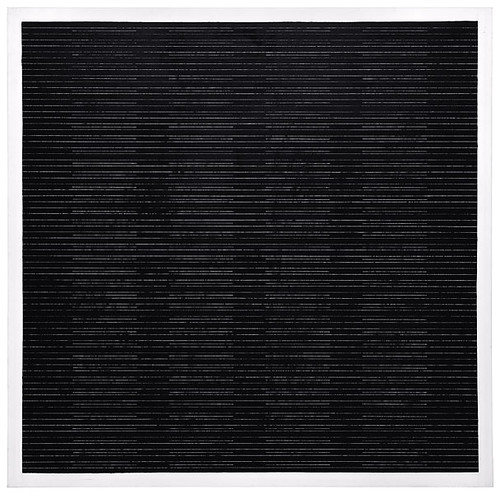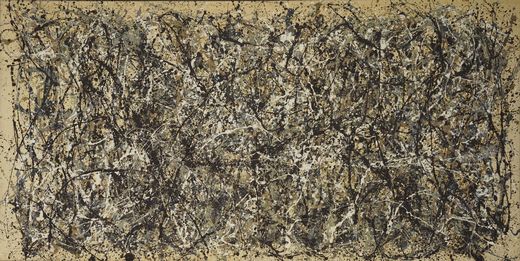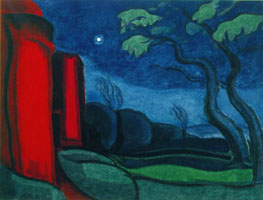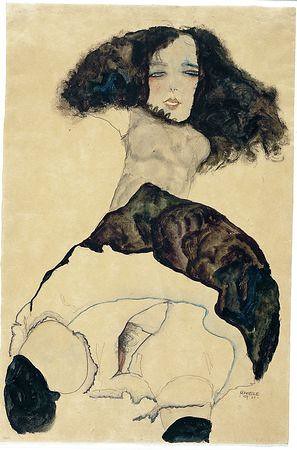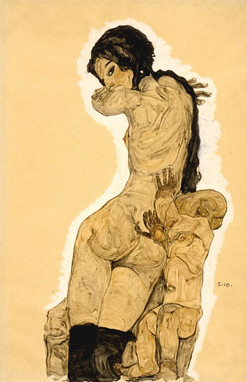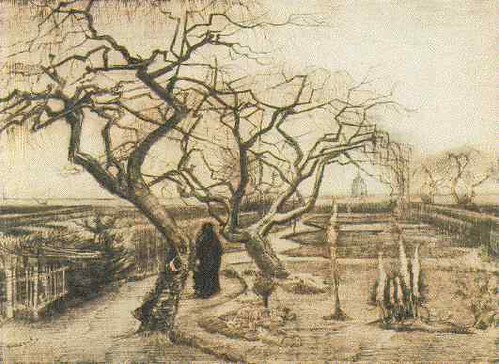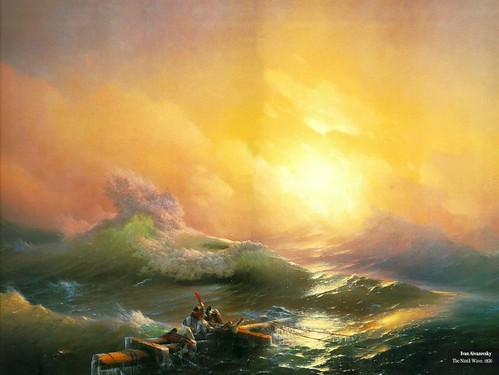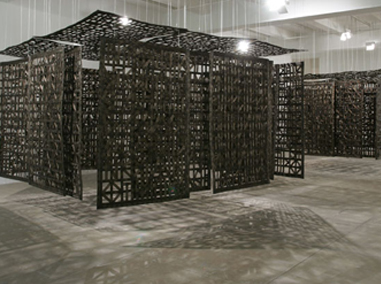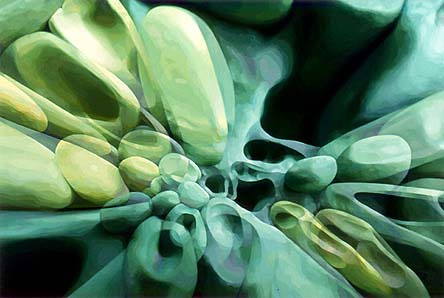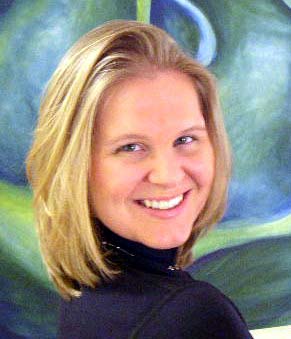William Wegman
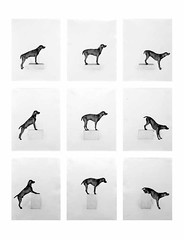
William Wegman, Stormy Night, 1972. Gel silver prints. 14" x 10-3/4".
William Wegman is a master of incongruity, applying a childlike fixation with wordplay, intellectual puzzles, and subtle manipulations of perception to seemingly-ordinary scenes. He defies expectations and rewards the attentive viewer with deadpan wit, jovial humor, and at times, startling profundity, with a highly economized language of expression. Wegman’s variety of humor is both accessible and specific, allowing for a wide appeal based in solid artistic concepts, delicately toeing the line between kitsch and austerity in a novel and sophisticated way.
Stormy Night of 1972 is a methodical formal investigation of the relation between a grey dog and white rectangular prisms. Arranged in a 9-piece grid of gel-silver prints, Wegman mimics the repetitive permutations of objects in space, as seen in conceptual artists like Sol LeWitt, mitigated by the body of a dog in profile. Wegman avoids some of the more hermetic or didactic tendencies of conceptualism, however, by sublimating his work with a unique level of accessibility and humor. The viewer laughs first, and then finds there is substance beyond visual punning or a one-line joke. In Stormy Night, the dog embodies the motion and energy of the inquisition, a biological stand-in for the viewer’s imagination trying to negotiate the alterations in form. The top row shows a prism laying flat and low, the second on its side and mid-height, the bottom with the rectangle upright, forming a vertical that seems difficult to surmount. Each column shows the dog with its front legs on the block, then both legs, and finally only its back legs. The arcs, dips, and planes within the dog’s muscular body are quite complex, forming a second system of sequential movements which is simultaneously inviting, playful, and intellectually stimulating. Because the viewer is able to experience the sequence through a body, the pay-out on the incongruity of form is refined and precise, without contrivance. Using as familiar a surrogate as man’s best friend, Wegman imparts warmth and curiosity to otherwise cold, impersonal motifs, while maintaining photographic rigor and flawless technical detail, particularly in lighting. In another bout of seeming incongruity, this image is equally at home on a greeting card and a museum wall, underscoring its universally-relatable qualities.
Wegman’s subtle clarity of expression is one of his strengths, very effectively demonstrated in ink and pencil drawings similar at times to those of Raymond Pettibon. The literalness with which Wegman treats some subjects, and the clever, canny abstraction of others, contributes a jarring sense of a surreal state. In No Fun Sleeping Under a Picture Like This of 1975, a man is seen in profile in his bed, covered with a lumpy blanket indicated with what appears to be one long stuttering brushstroke trailing across the page. Above him hangs a framed image of an octopus, askew on the wall and signed by Wegman in pencil in the lower right corner. The drawing is captioned in the fashion of a comic panel or political cartoon, its title completed with an exclamation point, and a second signature appears on the lower right, beneath the man’s pillow. By framing a picture within a picture, Wegman forces viewers to contemplate our experience of drawings and images, a level of meta-experience which makes the questions asked more personally specific: would it be any more fun to sleep under this picture than the octopus depicted? While a simple device, the point is driven home more clearly, opening a dialogue about the place of conceptual, or more broadly, “meaningful” art in the home, questioning motivations toward acquisition of objects of purely retinal or formal pleasure. Still, this image is compelling, as are many of his deceptively simple drawings, such that Wegman strikes a balance between using the materials in service of a message and instilling the message in artfully-employed materials. He does not stray into a propagandist territory of overstatement, nor is it arbitrary hand-painted fluff. By distributing priority throughout the levels of experience, Wegman provides fodder for a variety of critical responses with enough open-endedness that multiple readings are viable and, it seems, encouraged.
The hanging of this retrospective was sometimes baffling, complicated by the eccentricity of thematic, rather than linear groupings of pieces. With repetitions of wall texts, two sets of the same videos, and most of the Weimaraner Polaroids relegated to one annex, it is unclear which version of Wegman viewers are supposed to come away with. The piercing soundtrack of a 2004 Nokia DVD reel, featuring short dog-infested scenes accompanied by accordion or circus music inter-cut with ticking clocks and an alarm, punctuates the sense of dreaming and startling to wakefulness. At times it seems this is a purposeful challenge to thinking about Wegman – jarring clichés of a silly man with exceptionally well-trained dogs by presenting disturbing, angry, and frustrating videos rife with indignation, compulsion, and annoyance, as in the tone of Log Cabin Cinnamon Toast and several other video pieces. Intellectual or overly-formal readings are challenged by playful, extravagant paintings incorporating picture postcards into imaginative landscapes. Wegman is consumed with the need to make things fit, forcing the exterior parameters of size, scale, and feasibility, to comply with internal picture logic. So many of Wegman’s sleight-of-hand, aggressively witty pieces deliberately complicate ordinary objects or scenes, pictorially and conceptually re-imagined and made purposefully incongruous, such that “everything is familiar but not quite in the right place.”
LINKS:
- William Wegman: Funney/Strange at the Brooklyn Museum, Brooklyn NY
- Wegman World
- Wegman in Art:21
- "Beyond Dogs: Wegman Unleashed by Roberta Smith in the NY Times
